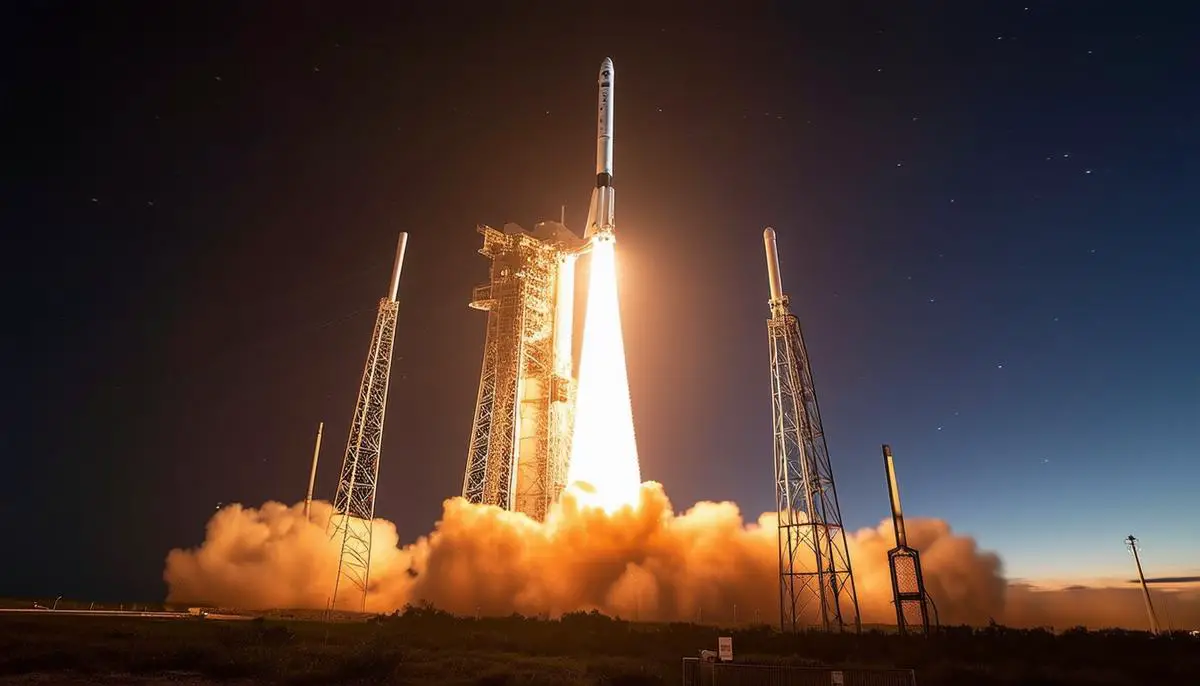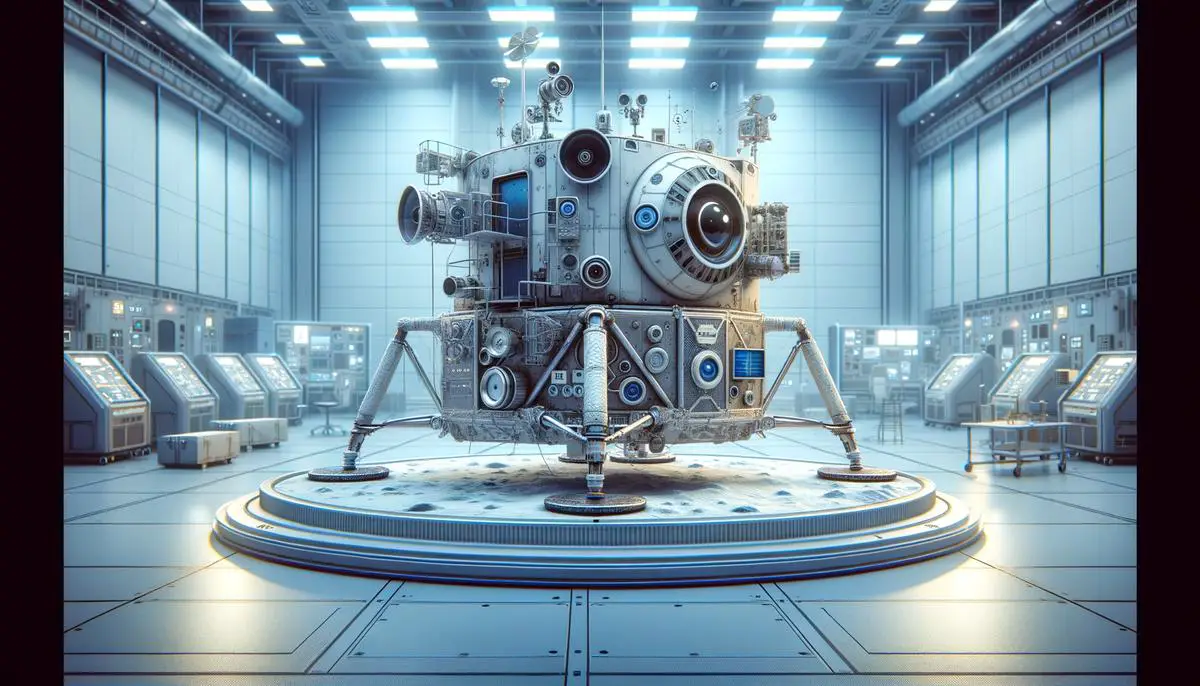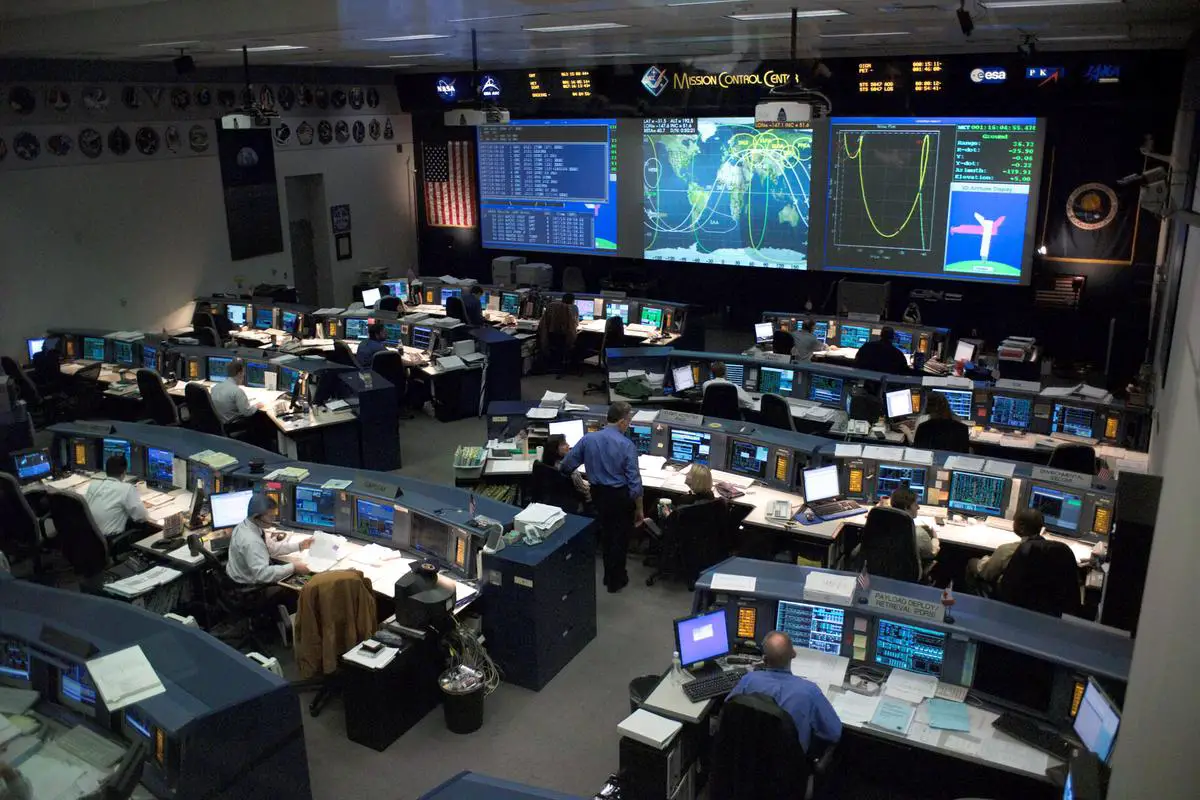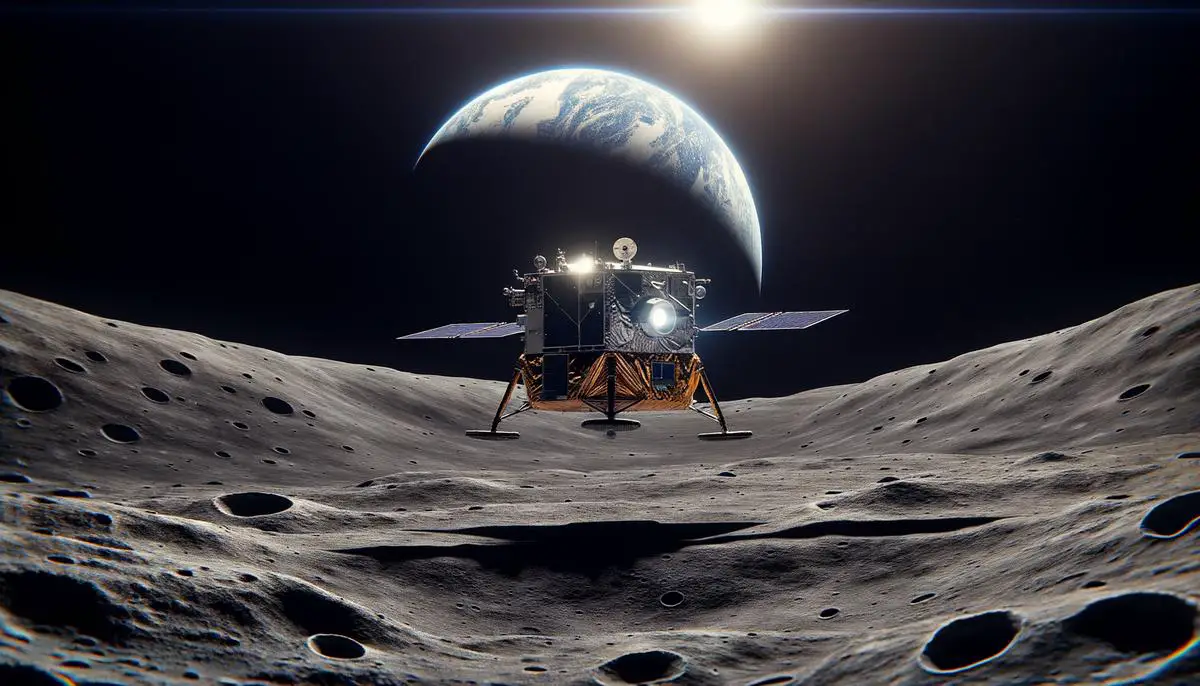Intuitive Machines' Odysseus Moon Lander Launches Successfully
Intuitive Machines' Odysseus Moon Lander launched on a SpaceX Falcon 9 rocket from NASA's Kennedy Space Center on February 15, 2024, at 1:05 a.m. EST. The mission proceeded smoothly, with the Falcon 9's first stage landing successfully at Cape Canaveral Space Force Station approximately 7.5 minutes after liftoff.
Odysseus, a 1,490-pound lander about the size of a British telephone booth, was deployed into lunar transfer orbit 48.5 minutes into the flight. The lander made its first contact with mission control shortly afterward, beginning its six-day journey toward lunar orbit. Its destination is Malapert A, near the moon's south pole.
NASA has invested significantly in this mission, known as IM-1, through its Commercial Lunar Payload Services (CLPS) program. The space agency has placed six scientific instruments aboard Odysseus, crucial for the Artemis program's goal of establishing a crewed moon base by the end of the decade.
NASA's Instruments Onboard:
- ROLSES (Radio Observations of the Lunar Surface Photoelectron Sheath)
- LRA (Laser Retro-Reflector Array)
- NDL (Navigation Doppler Lidar for Precise Velocity and Range Sensing)
- SCALPSS (Stereo Cameras for Lunar Plume-Surface Studies)
- LN-1 (Lunar Node 1 Navigation Demonstrator)
- RFMG (Radio Frequency Mass Gauge)
The lander also carries six commercial payloads, including Columbia Sportswear's "Omni-Heat Infinity" insulative material and EagleCam, designed to capture images of the lunar approach.
If successful, IM-1 will be the first U.S. lunar landing since Apollo 17 in 1972, marking a significant milestone for U.S. lunar ambitions. The mission's success is crucial following the earlier setback of Astrobotic's Peregrine lander, which suffered a fuel leak and ended in controlled destruction.
The launch of Odysseus showcases the collaborative efforts between NASA and private companies in advancing lunar exploration. A successful mission could pave the way for subsequent lunar missions and future Artemis program endeavors, bringing the goal of a permanent human presence on the moon closer to reality.

IM-1 Mission Details and Objectives
The IM-1 mission targets the small crater Malapert A near the moon's south pole, a region of high interest due to its potential water ice reserves. This location could be crucial for sustaining future lunar missions, including the Artemis program. Odysseus is set for a mission duration of 16 days, including a nine-day journey to the moon and a seven-day stay on the lunar surface.
The six NASA instruments onboard Odysseus each serve specific objectives vital for the Artemis program:
- ROLSES: Studies electron plasma and radio environments to aid in developing communication systems for future lunar bases.
- LRA: Acts as a guidepost to help future landers achieve precise touchdowns.
- NDL: Gathers accurate data on the lander's speed and distance from the lunar surface during descent.
- SCALPSS: Observes how the lander's exhaust plume interacts with lunar surface materials to inform future lander designs.
- LN-1: Demonstrates autonomous spacecraft positioning using a small radio navigation beacon, potentially leading to a GPS-like system on the moon.
- RFMG: Uses radio waves to measure fuel levels in the microgravity environment, crucial for mission planning.
These instruments represent a critical step in establishing the infrastructure needed for sustained human presence on the moon. The data collected will directly impact the development of technologies for habitat construction, resource utilization, and safe crew operations on the lunar surface.
The successful deployment and operation of these instruments will contribute invaluable information to NASA's Artemis program, playing a foundational role in achieving the goal of establishing a permanent lunar base.

NASA and SpaceX Collaboration
The partnership between NASA and SpaceX within the Commercial Lunar Payload Services (CLPS) program represents a significant shift in lunar exploration strategy. CLPS aims to reduce costs and accelerate the deployment of scientific instruments and technology demonstrations on the lunar surface. SpaceX's involvement, particularly with the Starship lander, is instrumental in achieving NASA's long-term vision for the Artemis program.
A successful lunar landing by Odysseus would validate the capabilities of commercial landers to deliver crucial scientific payloads, enabling subsequent crewed missions. Data collected from IM-1's instruments will be vital for planning future missions, including resource utilization and habitat construction at the lunar south pole.
The extensive testing of docking systems by NASA and SpaceX engineers, involving more than 200 docking scenarios with Starship hardware, ensures a reliable connection with NASA's Orion orbiter. This preparation is crucial for the safe transit of Artemis 3 astronauts between their spacecraft and the lunar surface.
"These real-world results, using full-scale hardware, will validate computer models of the moon lander's docking system," NASA officials stated.
The precision landing technologies demonstrated by IM-1 will enhance the safety and efficiency of lunar missions. Instruments like NDL and LRA improve landing accuracy, while advanced communication systems studied by ROLSES will contribute to more dependable lunar operations.
The demonstration of autonomous navigation with LN-1 is another crucial aspect of the mission, potentially leading to a GPS-like system on the lunar surface. This advancement will be critical as NASA and its partners scale up operations around a lunar base.
The collaboration between NASA and private companies like Intuitive Machines and SpaceX fosters a competitive environment that spurs technological advancements, benefiting both scientific discovery and commercial interests. This partnership enables NASA to meet ambitious goals more efficiently, positioning the Artemis program to establish a sustainable presence on the Moon and create a blueprint for future exploration missions to Mars and beyond.

- NASA. NASA Astronauts Practice Next Giant Leap for Artemis. NASA. Published February 28, 2024.
- Intuitive Machines. Intuitive Machines IM-1 Mission Press Kit. Published February 2024.
- NASA. Commercial Lunar Payload Services. NASA Science website.
![]()
